When the patterns are cut from the fabric, the specific locations of the pleat-lines are transferred by the use of roller and carbon paper, continuously placed underneath the silky material; after which marks are added to distinguish between the sections so that the inside layers of the pleats can be correctly brought together.
Category Archives: Production - Page 2
Cognitive Lining
With the plethora of complex corners well studied though cotton base and final assemblage, the composition of this gorgeous inner-cape is so known that it even allows certain liberties rarely seen throughout my work.
Pressed Hemline
Turning to use a most modern technique to create a minimal touch hemline that keeps the lightweight satin thin and supple whilst finishing off the fabric’s raw edge without leaving pin, thread or needlepoint marks.
Rushed Job
As much as I like to channel my work into properly refined designs, this particular chore required the turning of a whopping 16 meters of deep-purple velvet fabric into a square backdrop to be done overnight, a task at which not grace but efficiency proved to be key to successfully dressing the Coalescaremonium photo-stage.

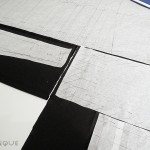
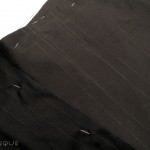
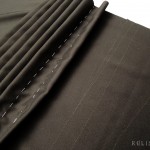
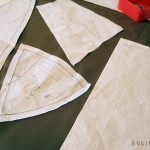
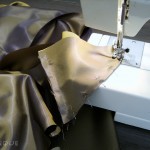
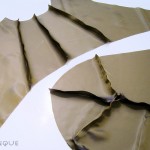
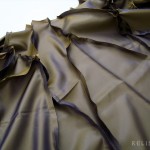
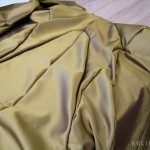
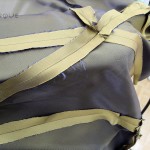



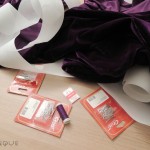



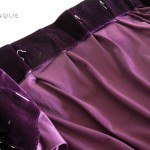
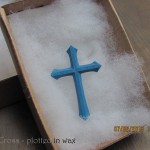
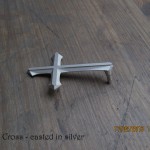
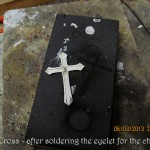

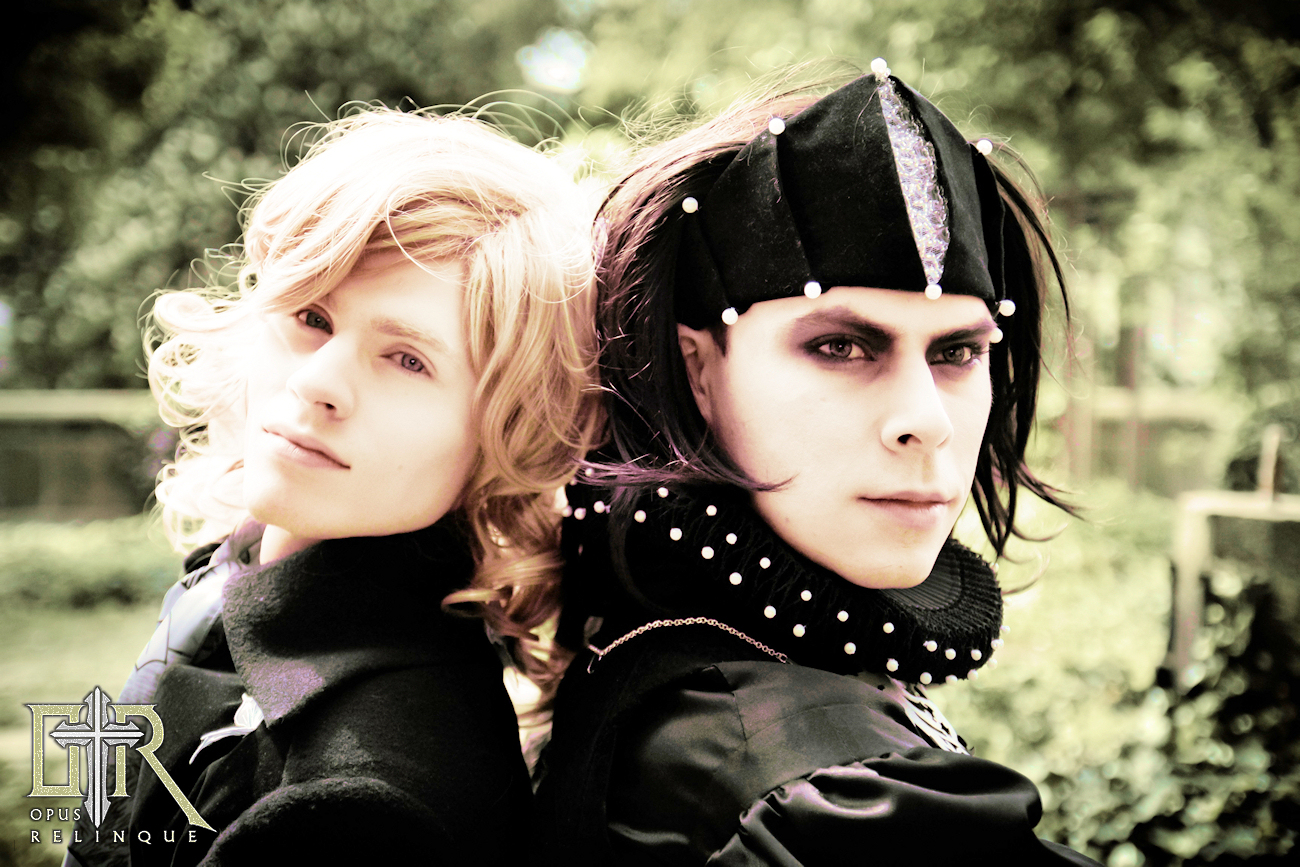


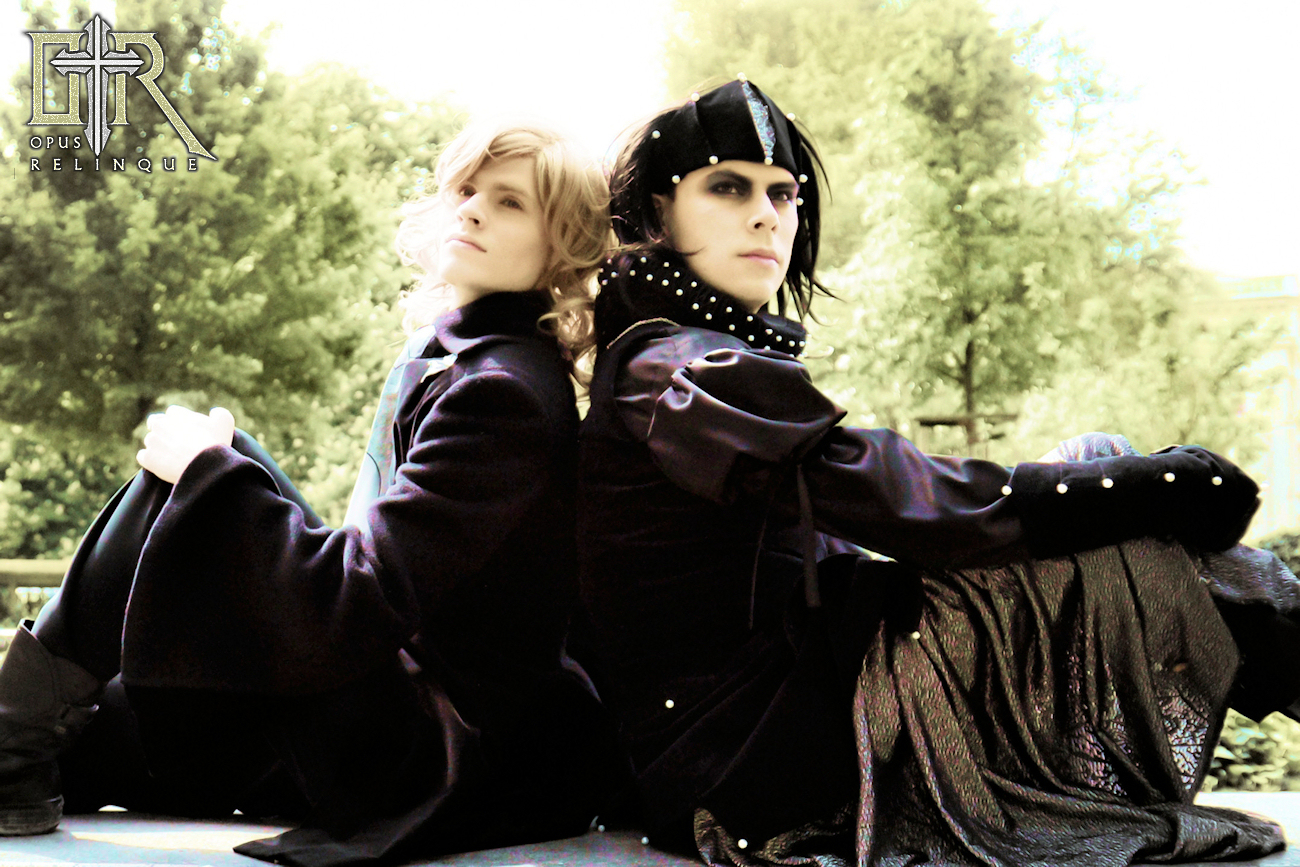
Recent User Comments